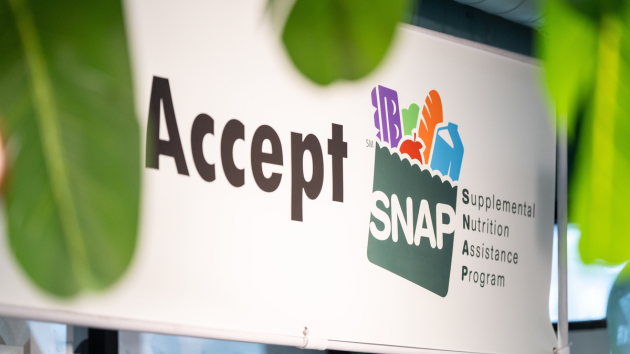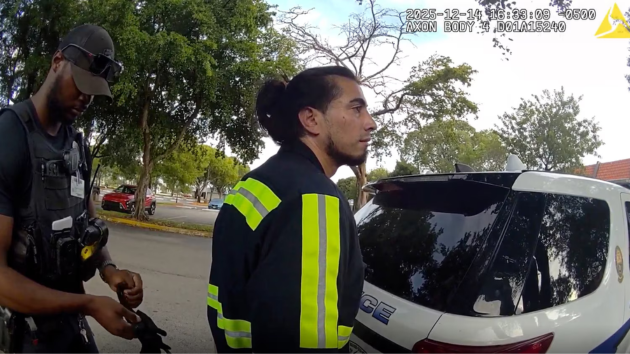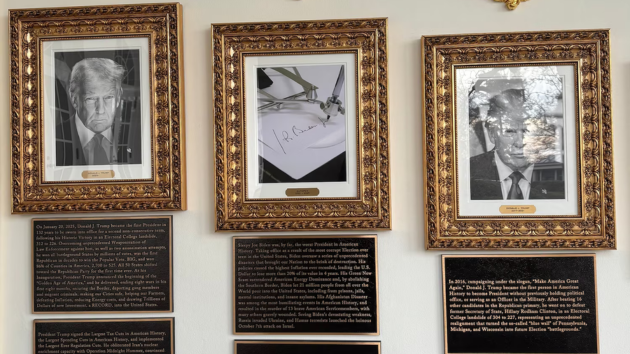Helium leaks discovered onboard Boeing’s Starliner, still on track to reach ISS: NASA
Written by ABC Audio ALL RIGHTS RESERVED on June 7, 2024

(CAPE CANAVERAL, Fla.) — After the successful launch of the first astronaut-crewed test flight aboard Boeing’s Starliner, new problems have been discovered, according to NASA.
Three helium leaks developed as Starliner made its way to the International Space Station (ISS), according to a post on the social platform X from the agency’s Johnson Space Center late Wednesday.
One of the leaks “was previously discussed before flight along with a management plan. The other two are new since the spacecraft arrived on orbit,” the post on X read.
The leaks are similar to those discovered during Starliner’s launch attempt that was set for May 25. That launch was scrubbed after a small helium leak was found in the service module, which contains support systems and instruments for operating a spacecraft.
Helium is used to used to pressurize the spacecraft’s thrusters, allowing them to fire, according to Boeing.
It’s currently unclear how much helium is leaking or if it will affect Starliner’s performance and ability to return to Earth in eight days.
However, two of the helium valves have been closed and the spacecraft is “stable,” according to NASA. The team had originally said the leaks should not affect Starliner’s plans to dock at the ISS at 12:15 p.m. ET on Thursday.
However, Starliner is currently not planning to dock at the scheduled time and is being held out the so-called “keep out sphere,” a boundary about 200 meters away from the ISS.
Mission control identified an issue with the reaction control system (RCS) jets that help the spacecraft’s thruster maneuver and Starliner has not been given permission to dock. The next docking window starts at 1:33 p.m. ET and ends at 2:15 p.m. ET.
Onboard Starliner are NASA astronauts Barry “Butch” Wilmore, 61, a former U.S. Navy captain, and Sunita “Suni” Williams, 58, a former Navy service member. Wilmore is commanding the flight while Williams is piloting the flight.
Williams and Wilmore are expected to spend one week aboard the ISS and will be evaluating Starliner and its systems. Upon re-entry, the spacecraft will deploy parachutes and an airbag system, landing the pair in the western U.S.
If the mission is successful, NASA could certify the spacecraft to perform routine missions to and from the ISS. NASA has primarily been using SpaceX’s Dragon spacecraft to transport crew and cargo to the ISS.
Copyright © 2024, ABC Audio. All rights reserved.

 KVSP
KVSP 




